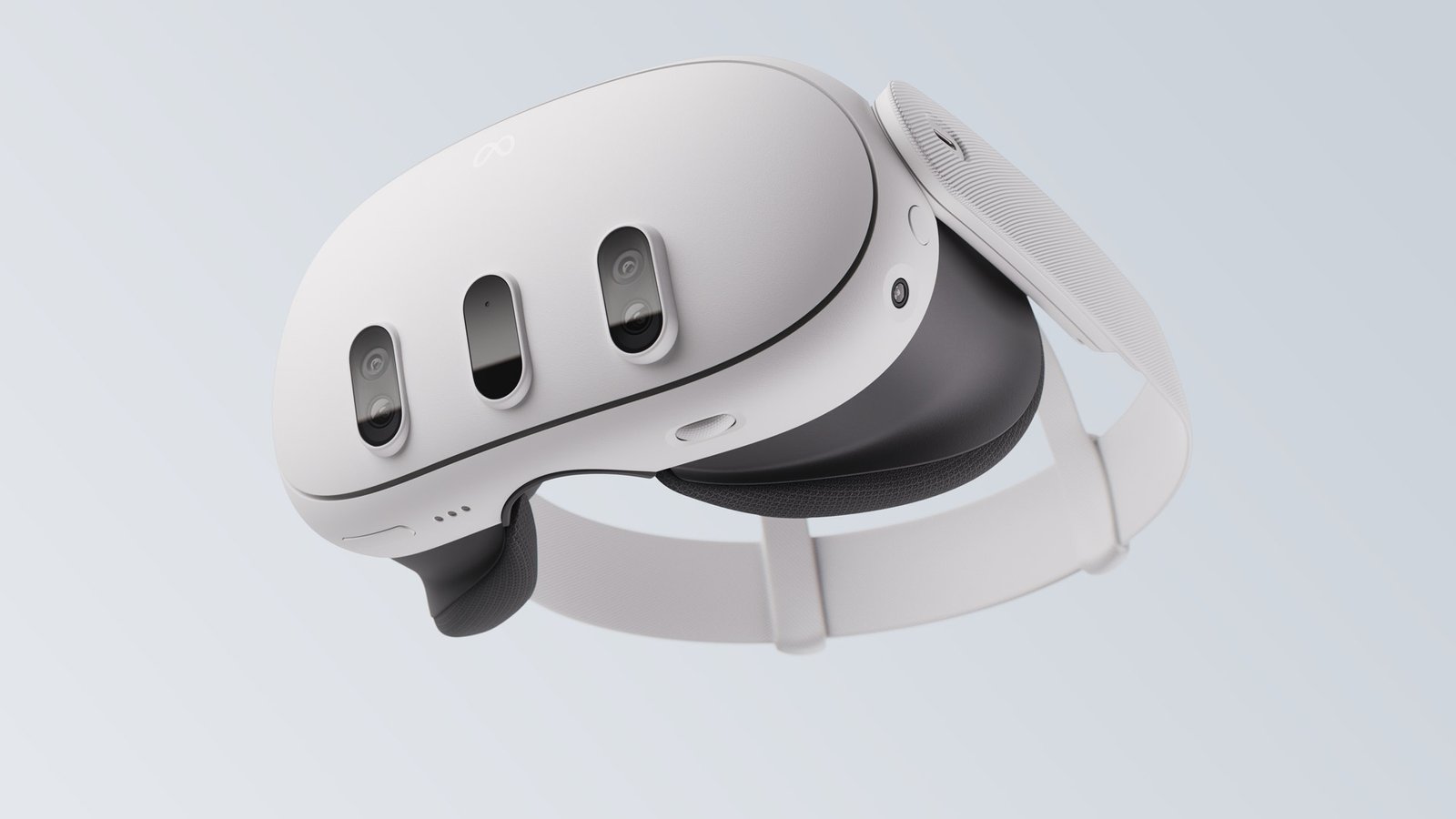In an exciting development for virtual reality enthusiasts, the lying down mode has made a comeback to the Meta Quest 2 and Quest Pro. However, Meta’s latest device, the Quest 3, remains without this feature for now. This update marks a significant step towards enhancing user comfort and accessibility in VR experiences, especially for those who prefer or require lying down while using their headsets.
Key Highlights:
- The lying down mode is now available again for Meta Quest 2 and Quest Pro users.
- Meta’s VP of VR, Mark Rabkin, confirmed the feature’s return, emphasizing its importance for accessibility.
- Despite its return, the Quest 3 does not currently support lying down mode.
- Meta aims to refine and simplify special tracking modes for better user experiences.
A Glimpse into the Lying Down Mode:
The lying down mode in VR headsets allows users to comfortably use their devices while lying down, adjusting the virtual environment to match their physical orientation. This feature is particularly beneficial for watching movies, browsing the web, or even producing music in a more relaxed posture. It had previously been introduced and then removed in a series of system updates, highlighting the challenges in optimizing VR experiences for varying user positions.
Technological Improvements and Challenges
The reintroduction of lying down mode into Meta Quest 2 and Pro likely involves significant technological advancements and adjustments. Understanding the complexities behind tracking and orientation adjustments in VR could provide insights into why such a feature might be more challenging to implement on newer models like the Quest 3. Articles or studies on VR technology development could shed light on these aspects.
User Feedback and Demand
The decision to bring back this mode could have been heavily influenced by community feedback and demand. Exploring forums, social media discussions, and feedback channels where users have expressed their preferences for VR features might reveal the importance of user-centric design in VR product development.
The Quest for Accessibility:
The reintroduction of the lying down mode to Quest 2 and Pro but not Quest 3 has sparked discussions among the VR community. Mark Rabkin’s announcement via Twitter has reassured users that Meta is dedicated to enhancing VR accessibility and comfort across its device lineup. This move reflects Meta’s commitment to addressing user feedback and improving the inclusivity of VR technologies.
Meta’s decision to bring back the lying down mode to Quest 2 and Quest Pro while excluding Quest 3 raises questions about the future of VR accessibility features across different devices. The company’s efforts to refine these special tracking modes suggest an ongoing commitment to improving user experience in the VR space. As VR technology continues to evolve, the demand for more adaptive and user-friendly features is likely to shape the development of future VR systems.
The reintroduction of the lying down mode to Meta Quest 2 and Quest Pro represents a positive step towards enhancing the accessibility and comfort of VR experiences. While Quest 3 users await similar updates, the VR community can look forward to more innovations that make virtual reality more inclusive and enjoyable for everyone.



















